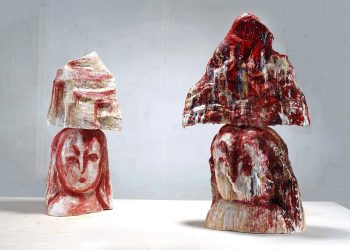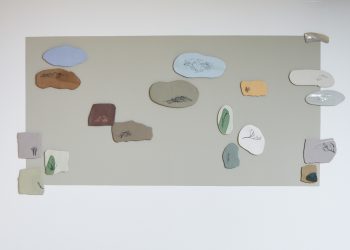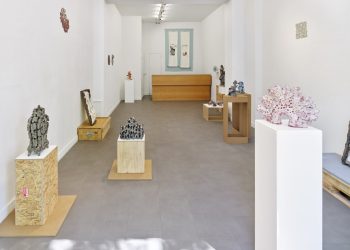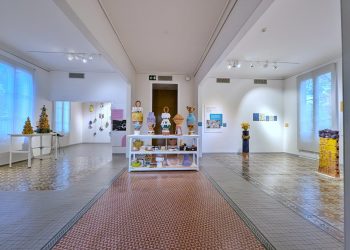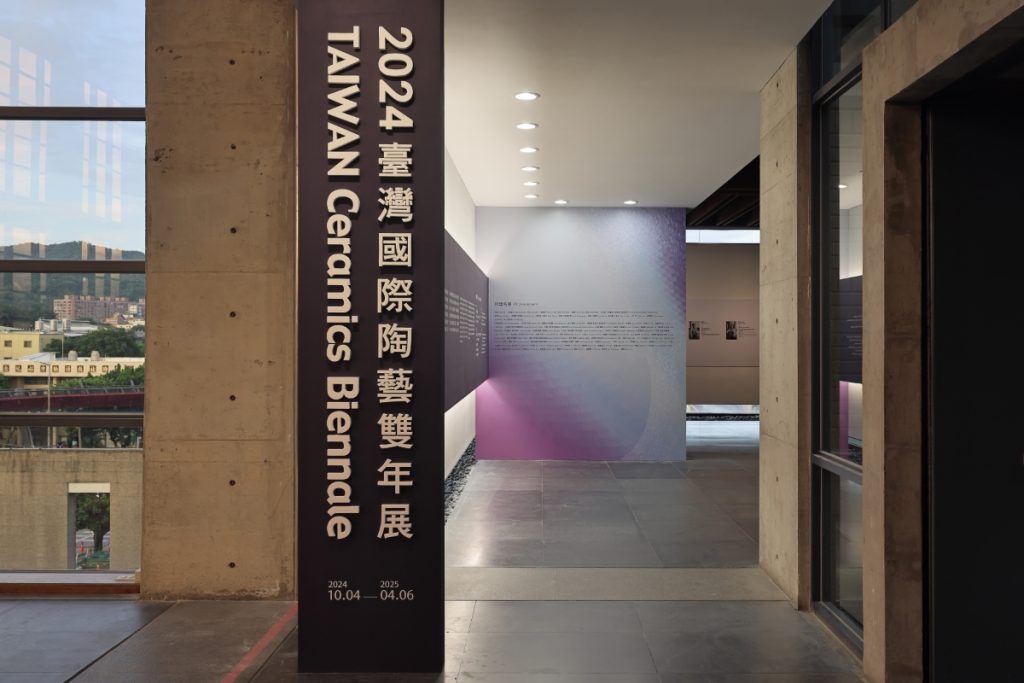
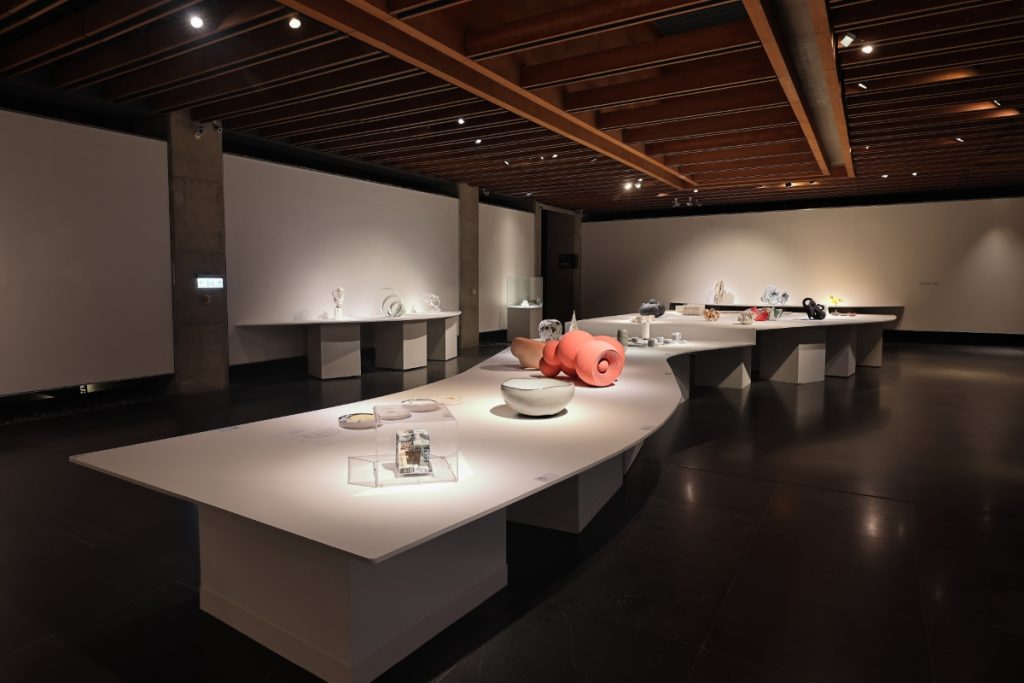
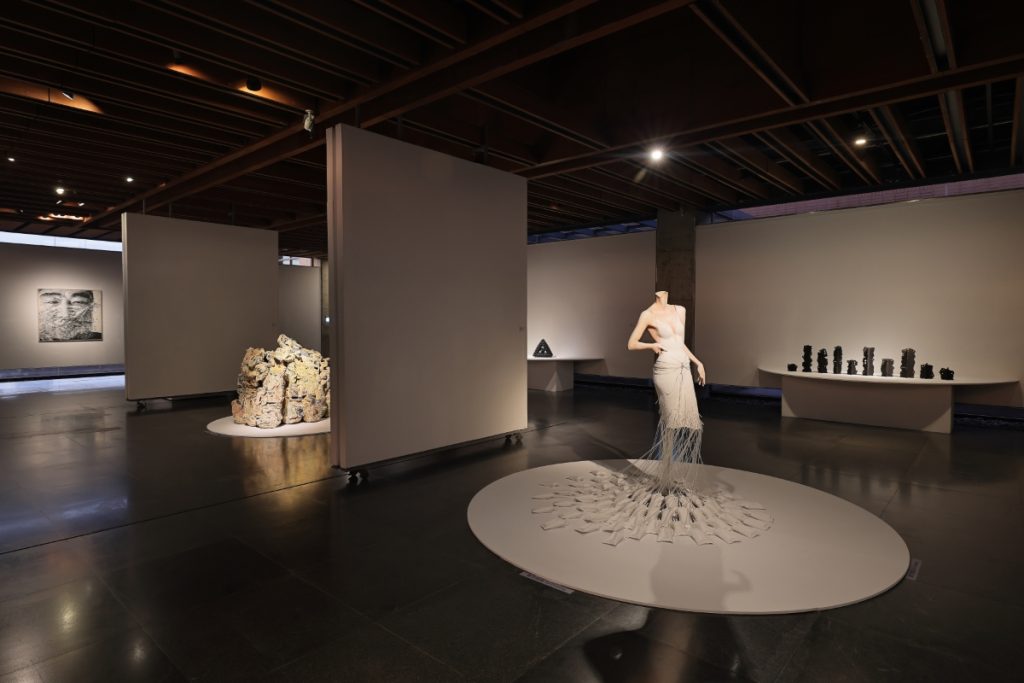
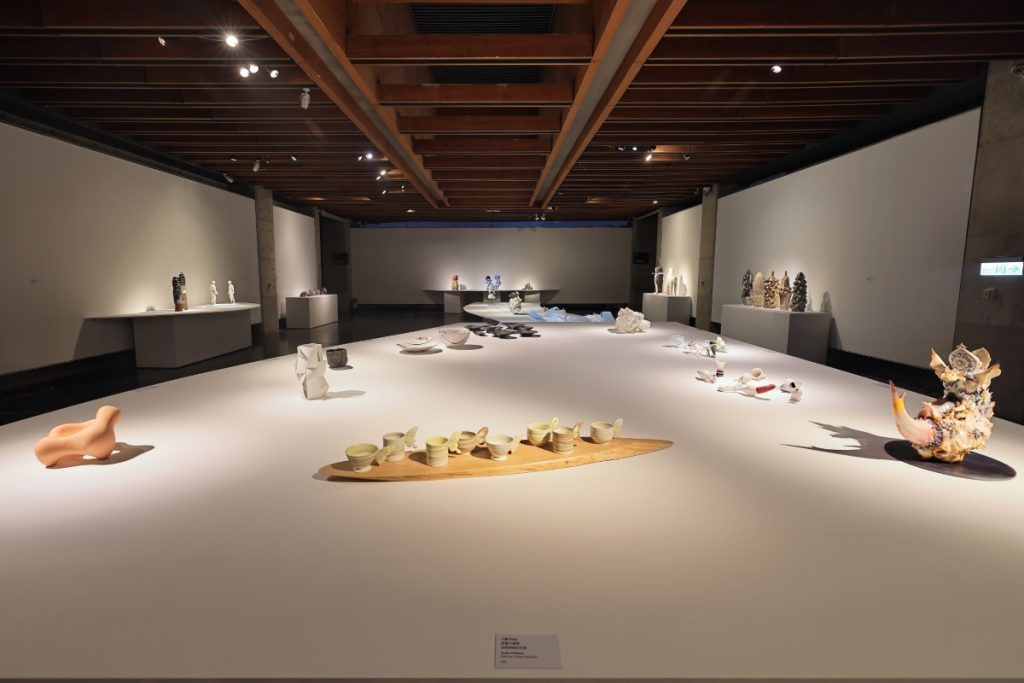
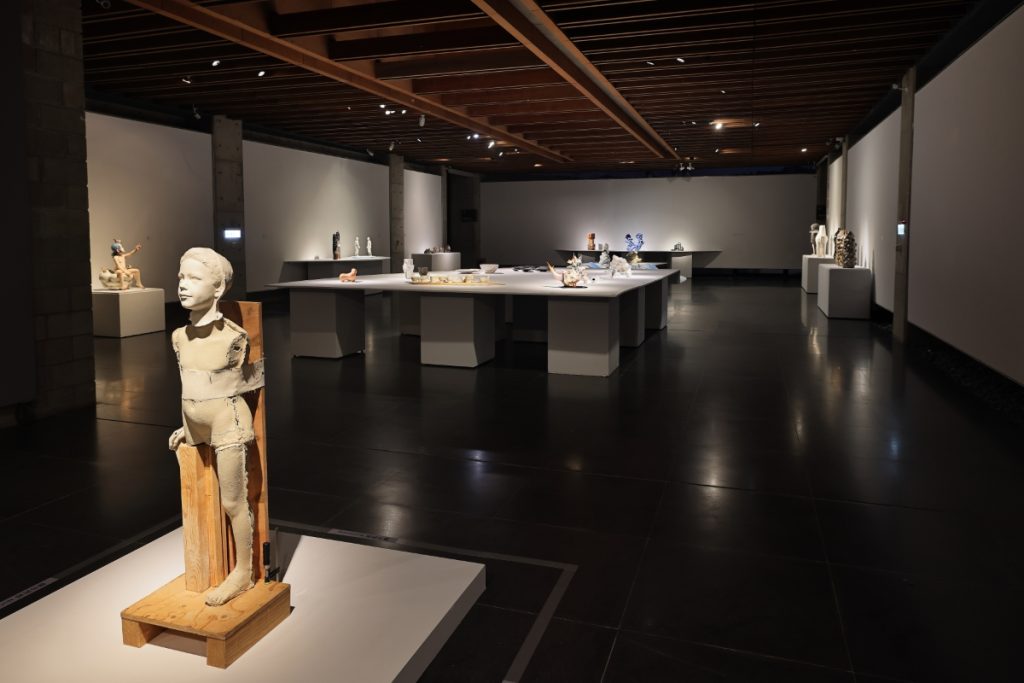
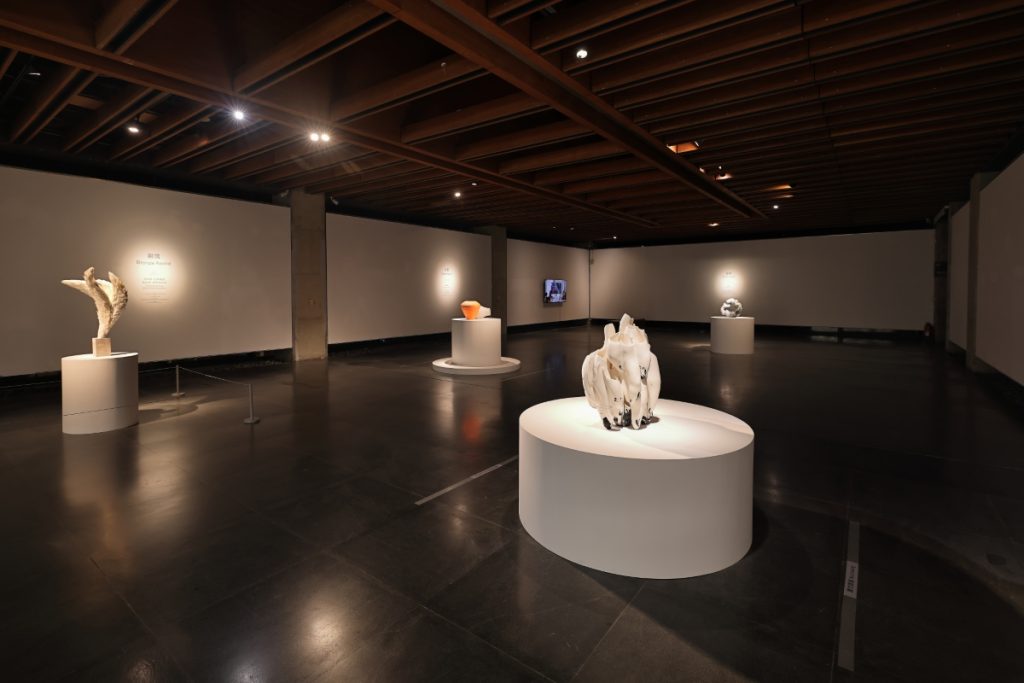
2024 Taiwan Ceramics Biennale is on view at the New Taipei City Yingge Ceramics Museum
October 4, 2024 – April 6, 2025
Since 2004, the New Taipei City Yingge Ceramics Museum has hosted the “Taiwan Ceramics Biennale.” The Biennale has advanced the brand image of Yingge and itself through an international call for artists and curators, a platform for displaying artwork, and related education and promotion events (e.g., symposiums, artist-in-residence programs, and demonstrations). All of the Biennale’s finalists and winners and their works of art have been highly valued and received great attention in the international realm of ceramic art.
While the Biennale is regarded as a display medium that presents current trends in contemporary ceramic art and provides new directions for ceramic art observation, artists are also being tested on how to embody their ideas and innovations. No matter what, a work of art, modern or traditional, will present its own contemporary form. The boundary between traditional utilitarian wares and artwork may also express a simple yet exquisite aesthetic style.
The 2024 Taiwan Ceramics Biennale accepted submissions from March 1 to August 31, 2023, and received 1,216 applications from 66 countries and five continents. The number of applications exceeded the last competition by 484 submissions, breaking the historical record of the Taiwan Ceramics Biennale since its inception in 2004. The competition featured top ceramic artists from around the world, making it exceptionally competitive domestically.
International Members of the Jury






Through online preliminary selection and on-site review, the final list of winners and selected entries was determined after intense discussions over multiple rounds. The judges highly praised this year’s submissions’ quantity, quality, diversity of styles, and innovative techniques. Each piece showcased cultural characters from different countries, enriching their content and making them uniquely distinctive. The competition judges, composed of seven international ceramic experts, selected 20 award-winning pieces through a two-stage evaluation process. This includes a Grand Prix, along with Gold, Silver, and Bronze awards, nine Special Mentions, seven Jury Recommendations, and 54 selected works.
The 2024 Taiwan Ceramics Biennale comprises award-winning and selected works from the competition, totaling 74 creations by 74 artists from 31 countries. The display of works continues the competition’s concept of encouraging diverse exchange and free creation, focusing on the viewer’s aesthetic experience and developing various aspects such as imagination of nature, form, and spatial expression. Viewers can appreciate the artists’ observations of the vitality of nature and their proficient creative techniques with clay materials. Alternatively, through the process of viewing the exhibition, they can explore how artists use clay as a medium to engage in continuous dialogue with space, time, and self, presenting the connection between contemporary ceramic art and society.
The winners of the 2024 Taiwan Ceramics Biennale
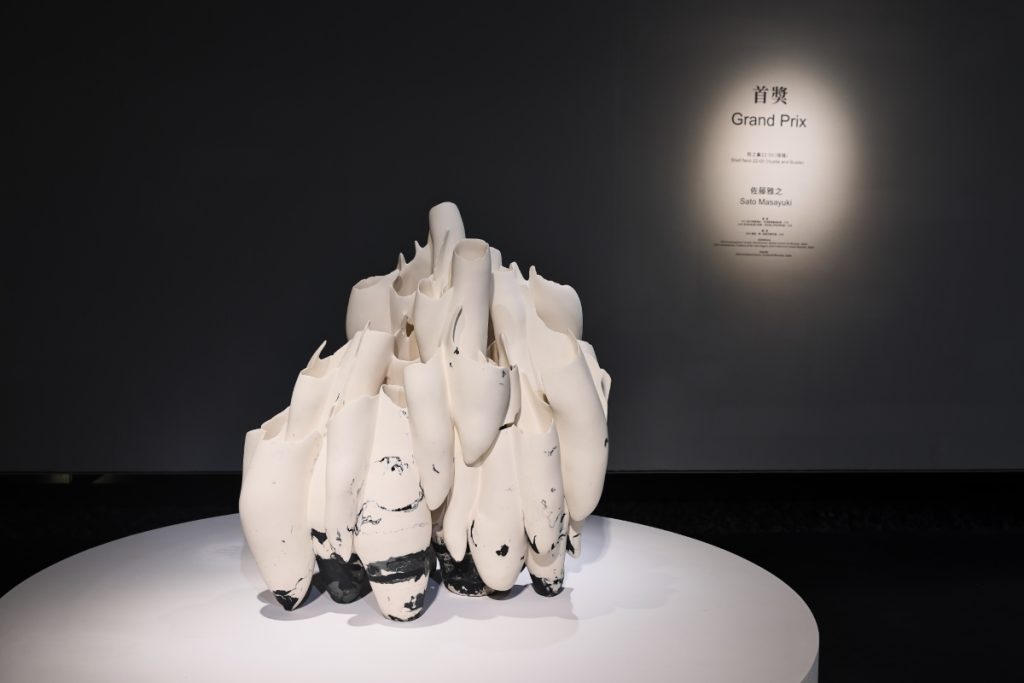
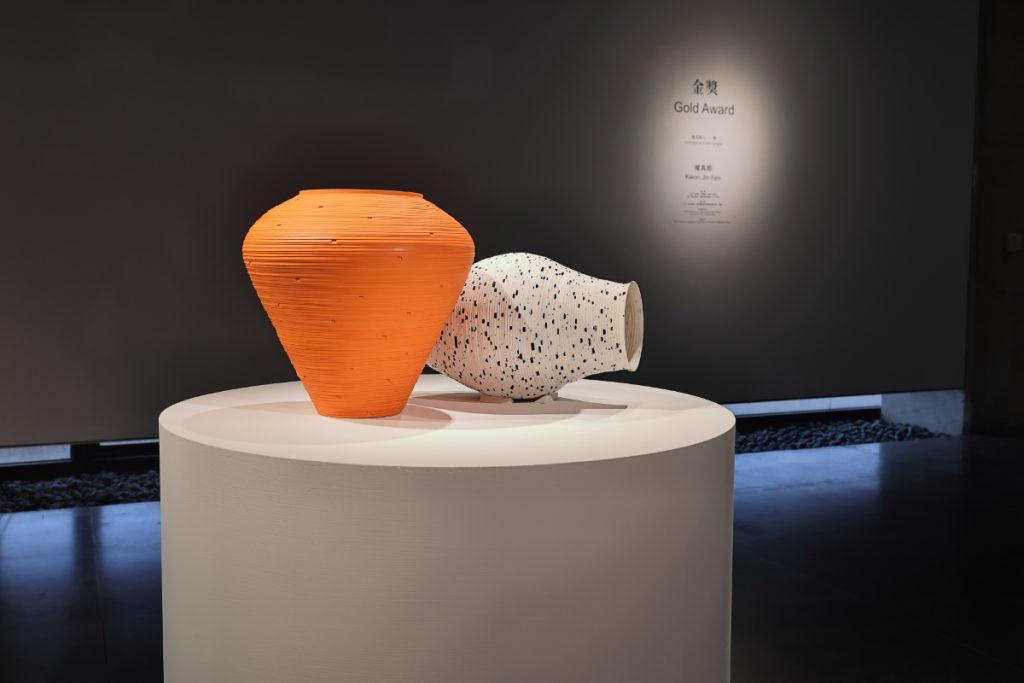
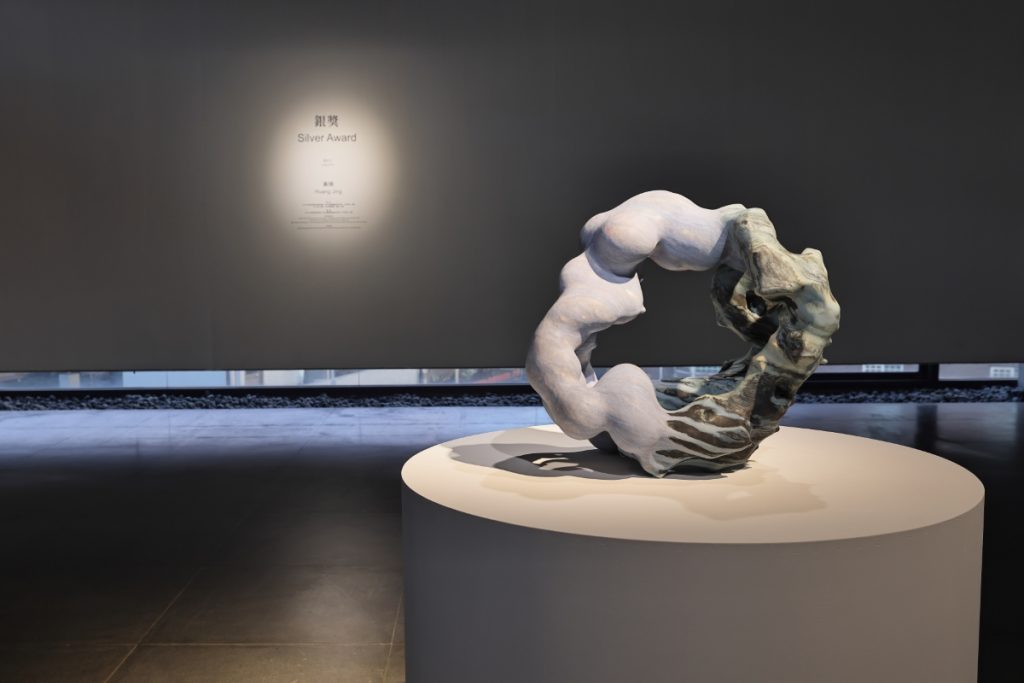
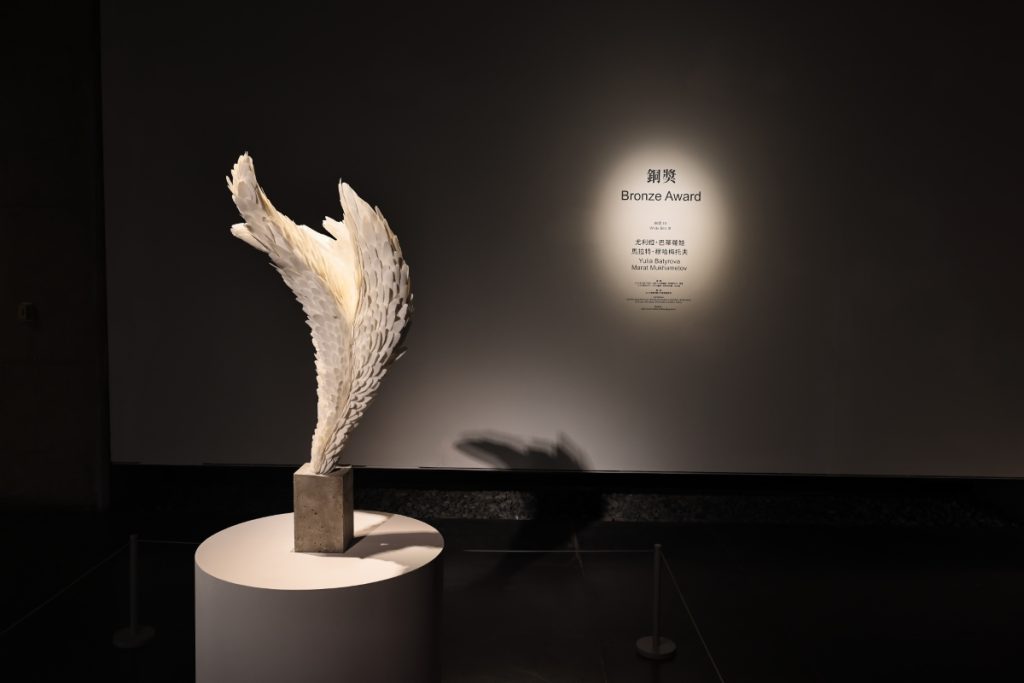
The Grand Prix was awarded to Sato Masayuki’s “Shell Nest 22-05(Hustle and Bustle).” The work consists of multiple smooth, egg-like, cocoon-shaped units linked together. The clean, warm outer shells combine to form a solid nest, with changes in light and shadow bringing life to the static work. The artist meticulously sculpted the shapes, paying attention to every angle and detail, then combined each “shell” into a cohesive whole, giving viewers a sense of overall unity in the work.
The Gold Award went to Kwon Jin-hee’s “Conceptual Core_Hangari,” composed of two brightly colored pieces shaped like traditional Korean jars. The artist used a refined technique to stack thin layers of porcelain strips, moving beyond the traditional bottle shape to create a light, thin jar form. Small holes in the work allow light to penetrate, creating innovative expressions through the interplay of light and shadow in the crevices. Viewers can explore the internal space of the work, sensing the interrelation between the inside and outside of the vessel.
The Silver Award was awarded to Huang Jing’s “Loop #12.” Its shape resembles the Chinese character “回” (hui), which also symbolizes the cycle of life. The work presents a bold external appearance, but upon closer inspection, the static flowing glaze on the surface reveals smooth, dripping lines, showcasing the artist’s delicate technique and the finesse of the clay.
The Bronze Award went to the collaborative work “White Bird III” by Yulia Batirova and Marat Mukhametov. The seemingly delicate and soft feathers are actually created by the artists firing individual ceramic feathers and then attaching them to a rough-formed base, capturing the light form of a bird. The overall shape is innovative and unique, with the lightness of the feathers contrasting with the stability of the base.
Special Mentions
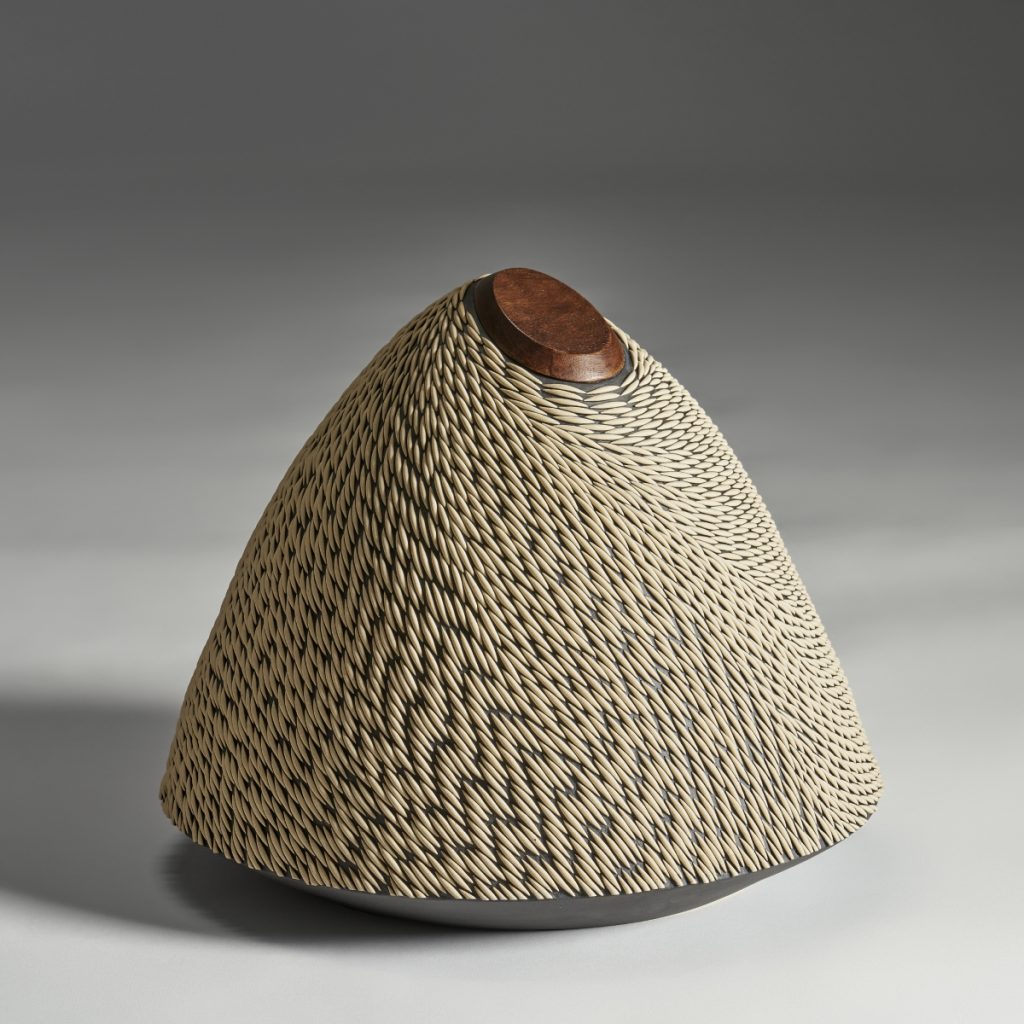
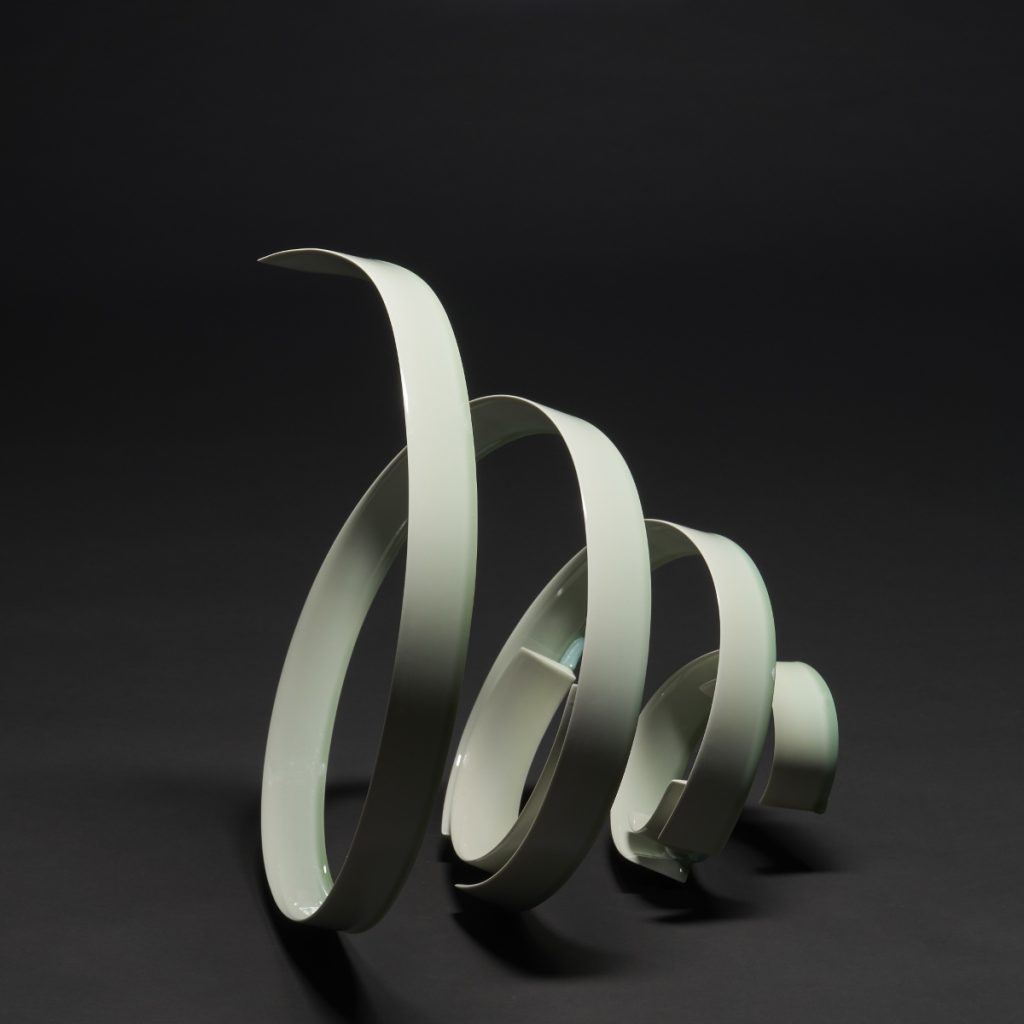
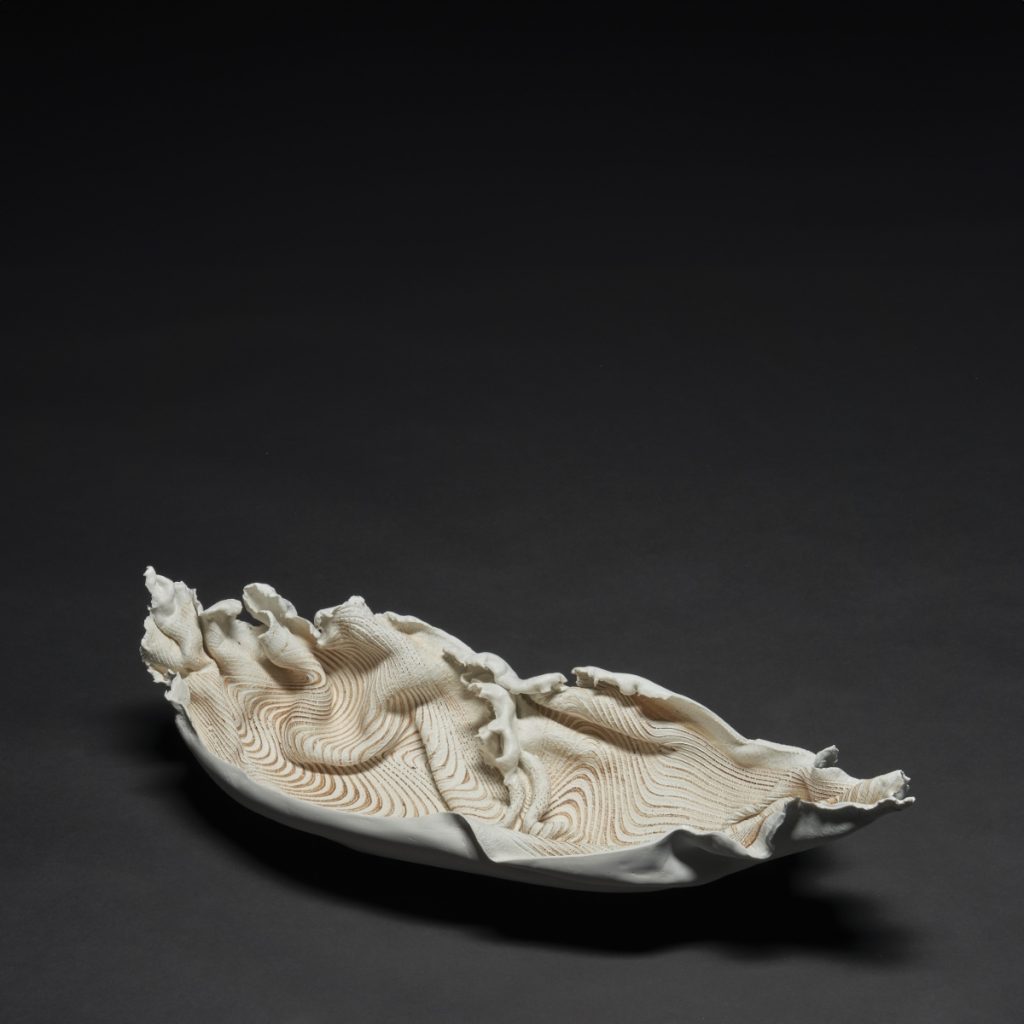
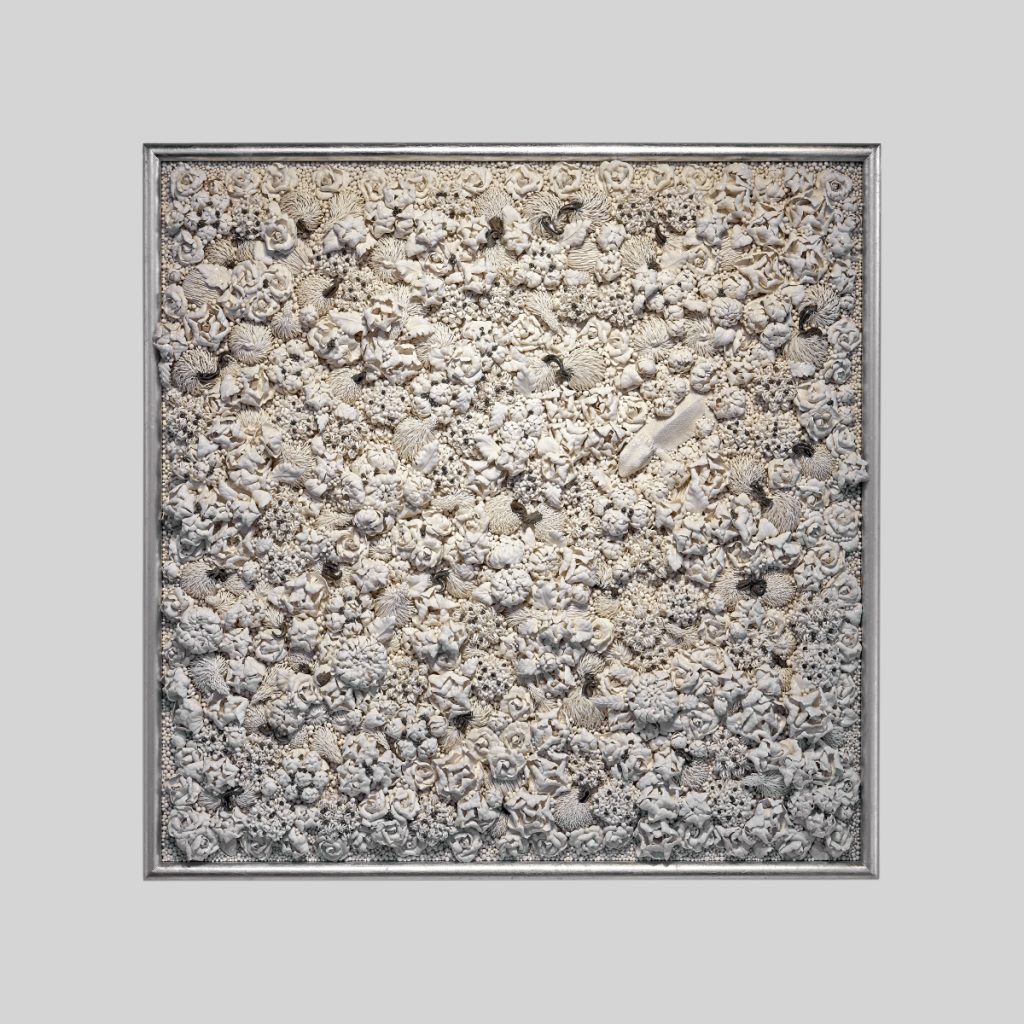
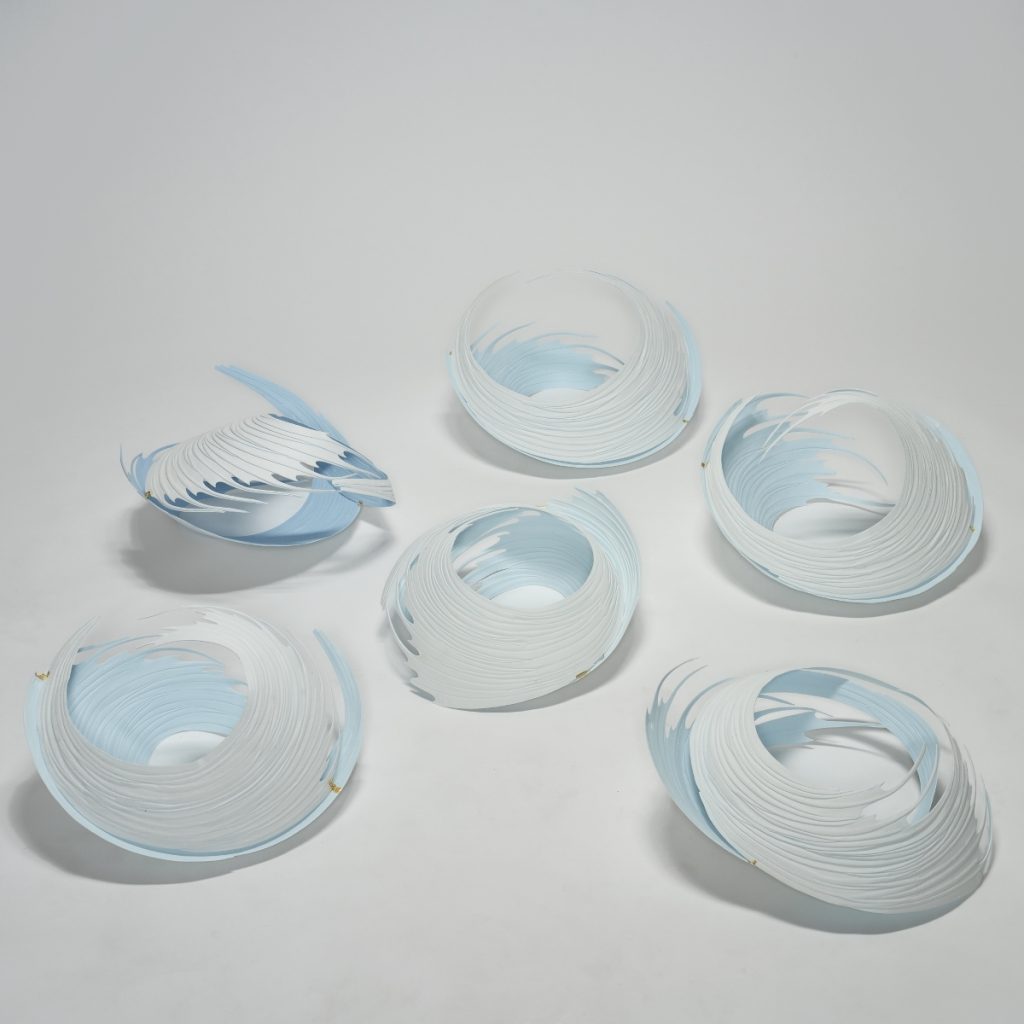
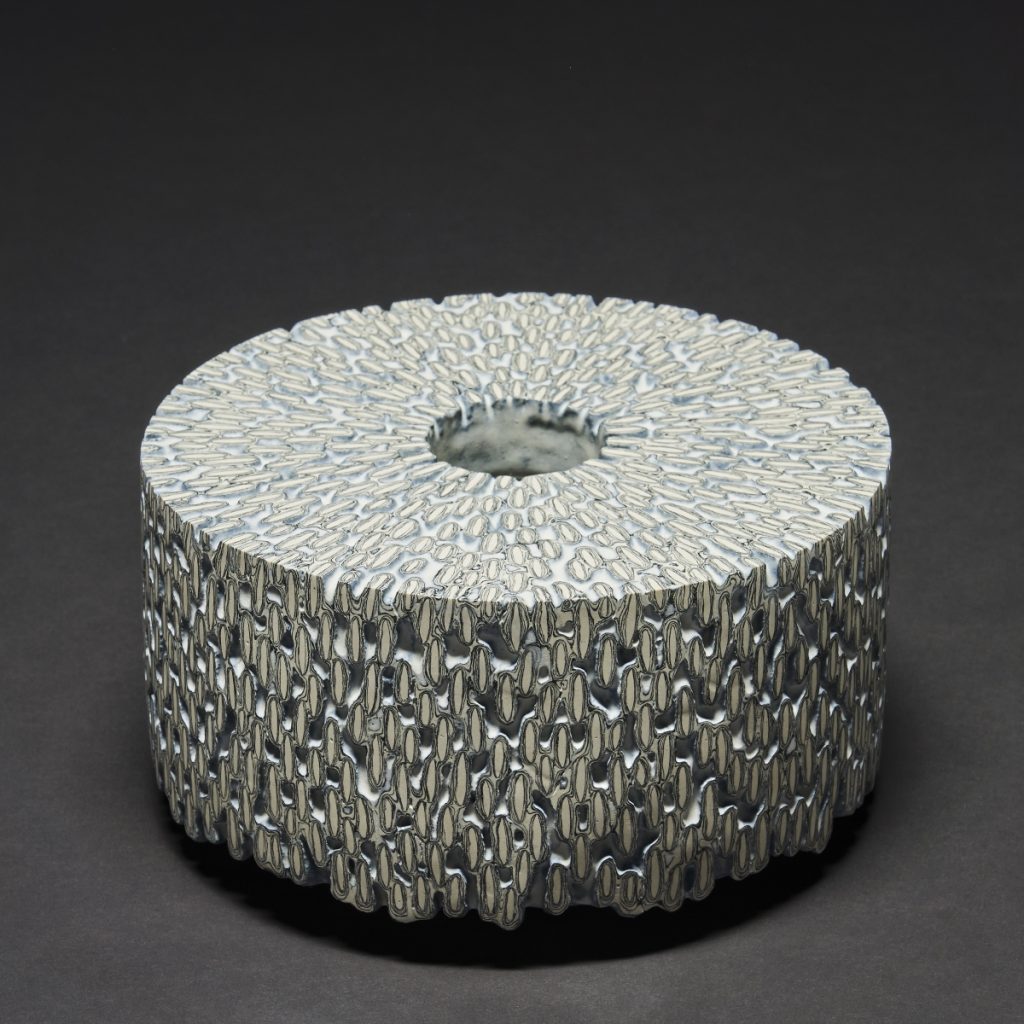
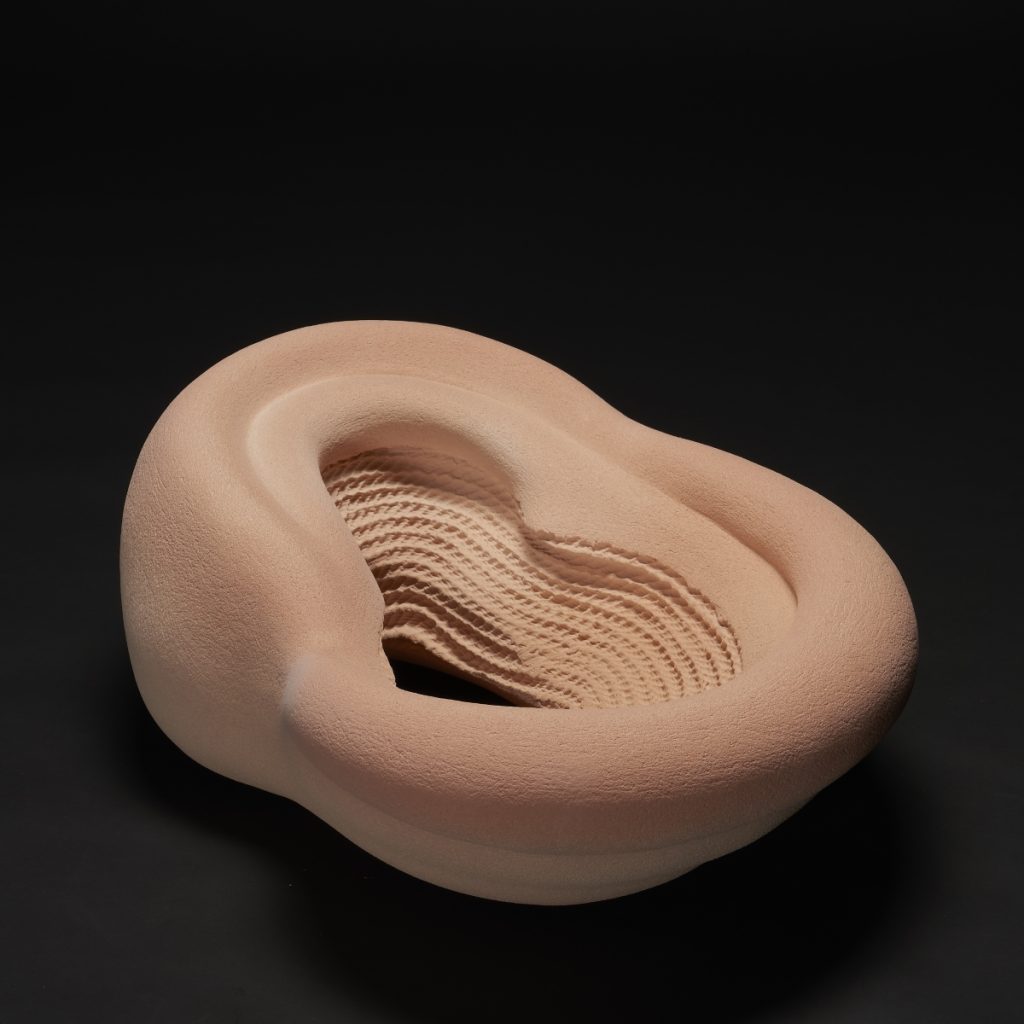
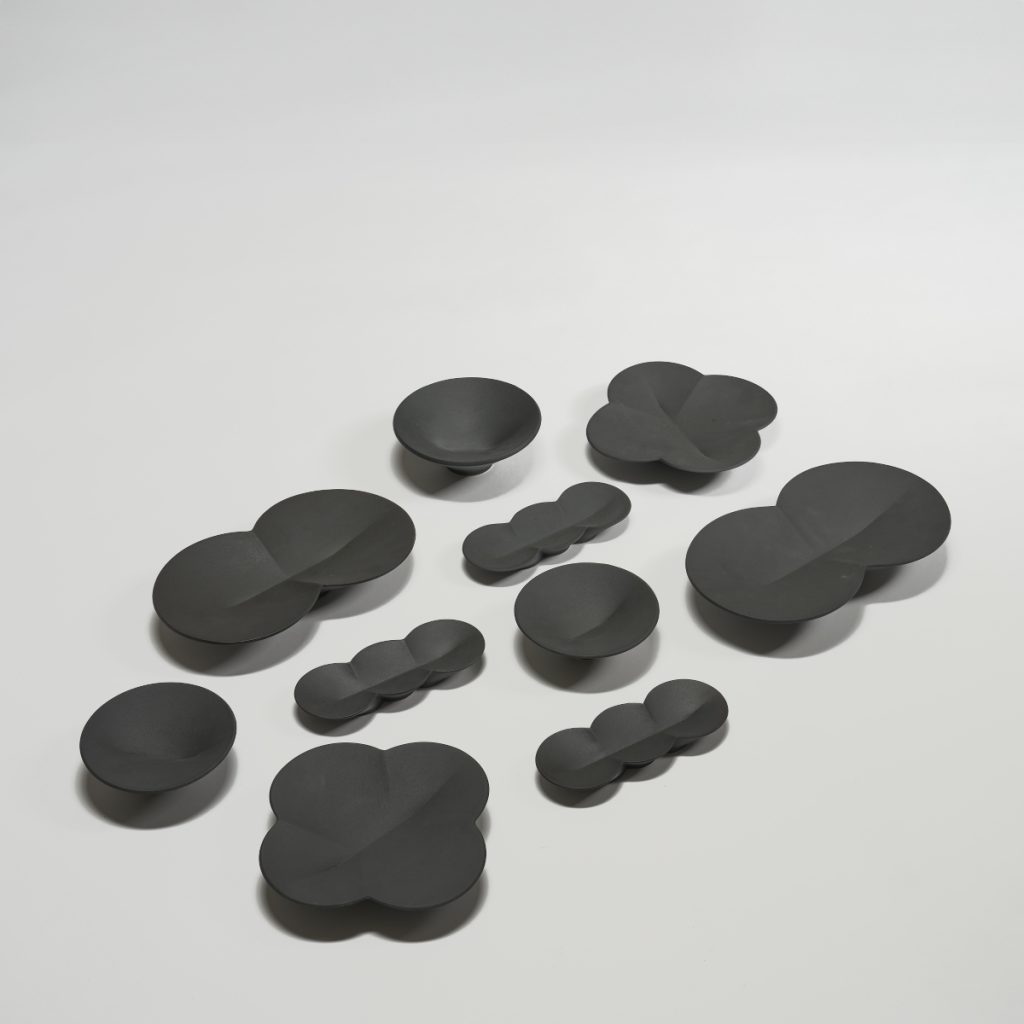
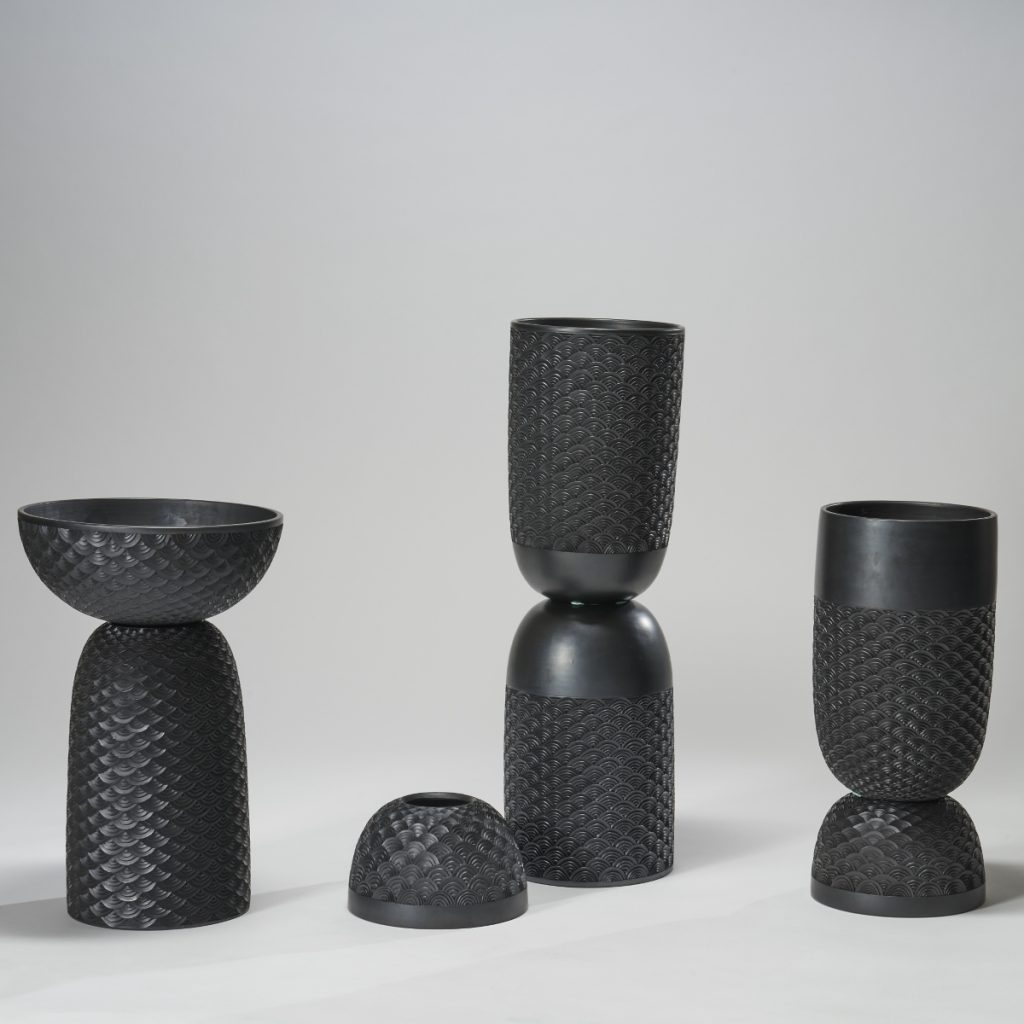
Contact
tcb.ntpc@gmail.com



